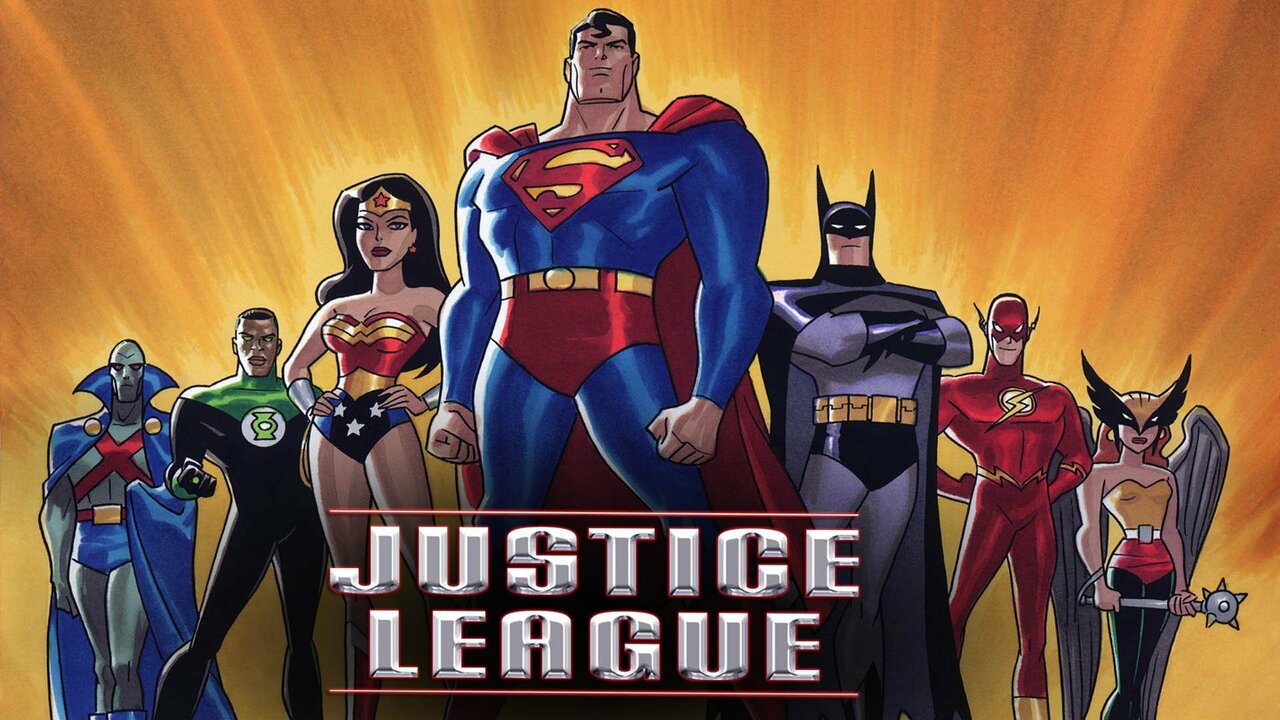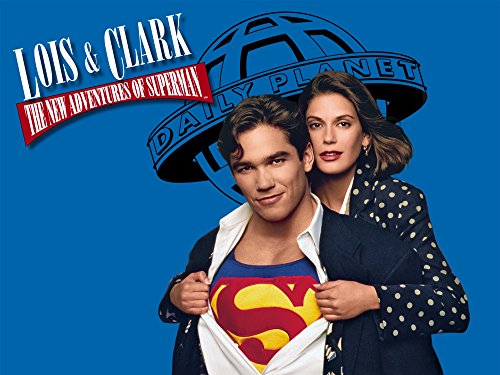Why Tomorrowland Failed to Take Off

When Tomorrowland hit theaters in 2015, it had all the makings of a blockbuster—big-budget sci-fi spectacle, Disney’s backing, and an intriguing premise inspired by the famous Disney theme park section. Directed by Brad Bird (The Incredibles, Mission: Impossible – Ghost Protocol) and starring George Clooney, the film promised a fresh and optimistic vision of the future. However, despite its high expectations, Tomorrowland underperformed at the box office and failed to leave a lasting impression. So, what went wrong?
A Promising but Overly Mysterious Premise
Tomorrowland followed Casey Newton (Britt Robertson), a bright and curious teenager who stumbles upon a mysterious pin that grants her glimpses of a futuristic utopia called Tomorrowland. Seeking answers, she teams up with Frank Walker (George Clooney), a former boy genius who has lost faith in the world’s potential. Together, they embark on a journey to uncover Tomorrowland’s secrets and possibly save humanity from a bleak future.
The film was meant to be an inspiring, original sci-fi adventure that celebrated innovation and optimism. However, while its core message was ambitious, its storytelling struggled to connect with audiences.
Why Tomorrowland Failed
1. An Overly Secretive Marketing Campaign
Disney’s marketing for Tomorrowland was intentionally vague, relying on mystery to draw audiences in. While intrigue can be a strong selling point, the film’s promotional materials revealed little about the plot, making it difficult for potential viewers to understand what the movie was about or why they should care. The secrecy backfired, failing to generate enough excitement or anticipation.
2. A Confusing and Slow Narrative
The film spent a lot of time building up its mystery but failed to deliver satisfying answers. While the world of Tomorrowland looked visually stunning, the film’s second half became bogged down by exposition and philosophical discussions about humanity’s self-destruction, slowing the pace. Instead of offering a thrilling adventure, Tomorrowland often felt like a lecture about lost potential.
3. Underwhelming Action and Climax
Despite its sci-fi premise, Tomorrowland lacked the action and excitement audiences expected. The film teased an awe-inspiring futuristic world, but instead of fully exploring it, much of the story took place in the present day, leaving viewers feeling shortchanged. The climax felt rushed and anticlimactic, failing to deliver the spectacle that the buildup had promised.
4. Budget vs. Box Office Performance
With a massive budget of around $190 million (before marketing costs), Tomorrowland needed to be a huge hit to be profitable. However, it only earned about $209 million worldwide—far below Disney’s expectations. When factoring in marketing and distribution costs, the film was a financial disappointment.
5. Lack of a Built-In Fanbase
Unlike Disney’s live-action remakes or established franchises like Star Wars and Marvel, Tomorrowland was an original concept without a dedicated fanbase. While inspired by a Disneyland theme park area, it lacked recognizable characters or a well-known story, making it a harder sell for general audiences.

Did Tomorrowland Deserve Better?
Despite its flaws, Tomorrowland had strong ideas and stunning visuals. Its optimistic vision of the future was refreshing in a time when many sci-fi films leaned toward dystopian themes. While it failed to find mainstream success, some viewers appreciated its ambition and message about the power of creativity and hope.
Ultimately, Tomorrowland is a film that aimed high but struggled to balance its themes with engaging storytelling. While it may not have become the franchise Disney had hoped for, it remains an interesting misfire that still holds some appeal for sci-fi fans looking for something different.





